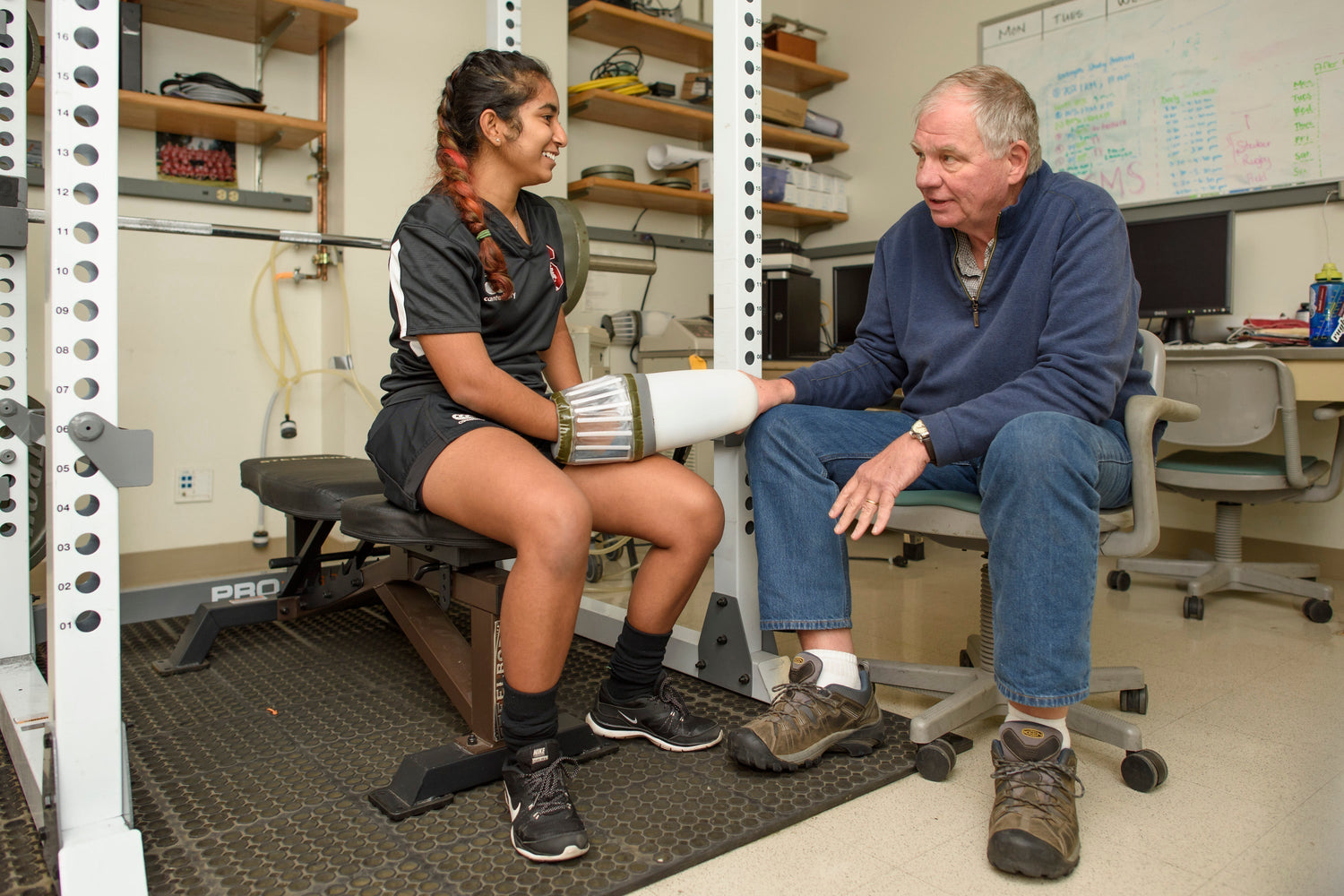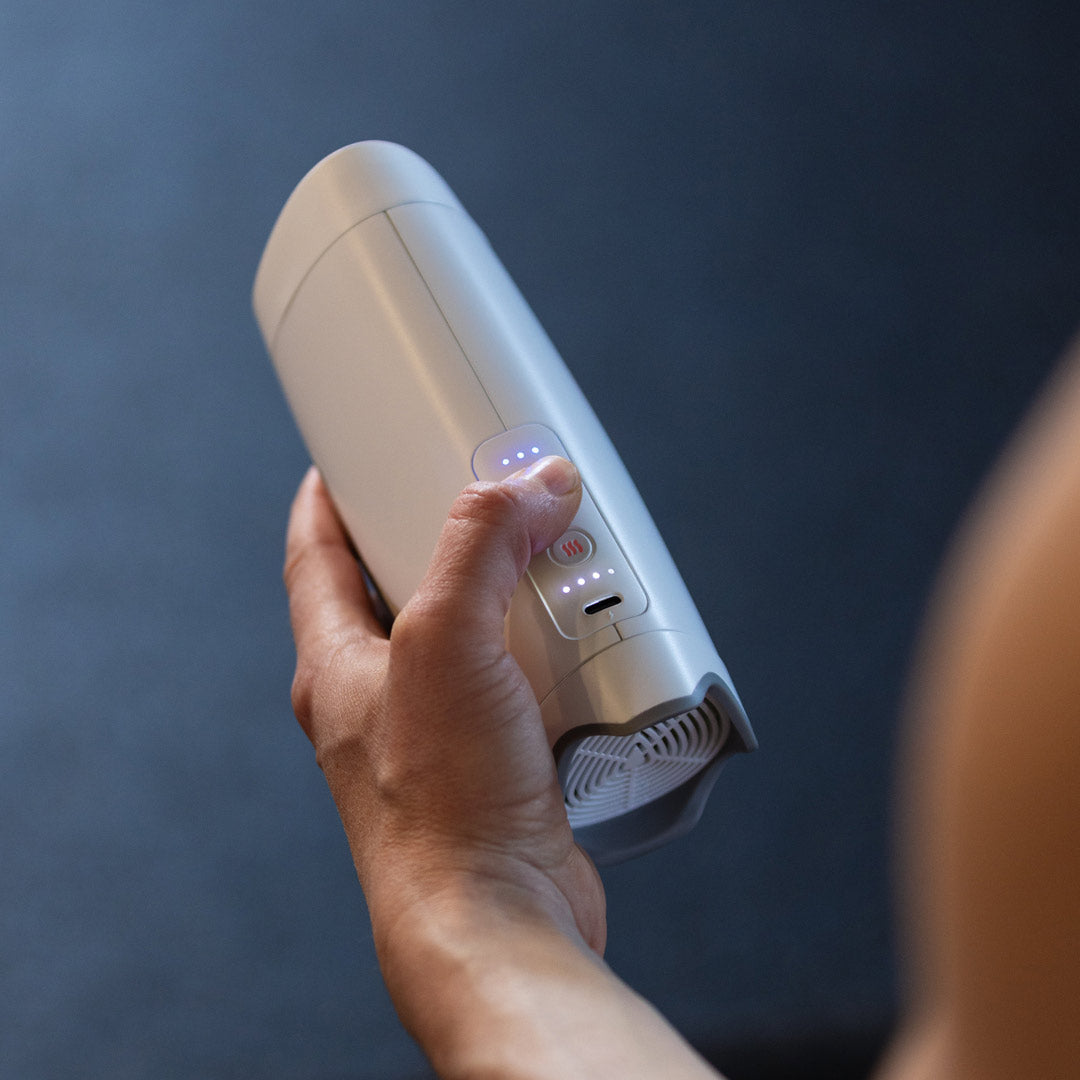In medical settings, temperature control is critical for patient safety and recovery. Traditionally, palm warming has been used post-surgery to stabilize circulation and prevent hypothermia. Now, research is showing that the reverse—palm cooling—can be just as beneficial, particularly in recovery from fatigue and metabolic stress.
A Stanford research team highlighted how cooling the palms helps both athletes and patients recover faster by lowering core body temperature and reducing strain on the cardiovascular system (Stanford Report, 2017). Clinical trials are now exploring how targeted cooling interventions could support patients with multiple sclerosis, chronic fatigue syndrome, and other conditions where heat sensitivity worsens symptoms. The science behind this is clear: by tapping into the AVAs in the palms, cooling provides a controlled and efficient way to regulate internal temperature without stressing other systems.
The potential applications go beyond chronic illness. In hospitals, cooling could be used for post-operative recovery, where patients often experience metabolic strain. In physical therapy, palm cooling might allow patients to exercise longer with less fatigue, accelerating rehabilitation timelines. For patients undergoing treatments like chemotherapy, which can raise body temperature and cause hot flashes, palm cooling offers a non-pharmacological relief option.
By applying the same principles developed in sports science, medicine is discovering new ways to support patient health through targeted cooling. It’s a powerful example of how innovations in performance science can cross over into clinical care, offering benefits for those facing medical challenges as well as those striving for athletic excellence.





Leave a comment
This site is protected by hCaptcha and the hCaptcha Privacy Policy and Terms of Service apply.